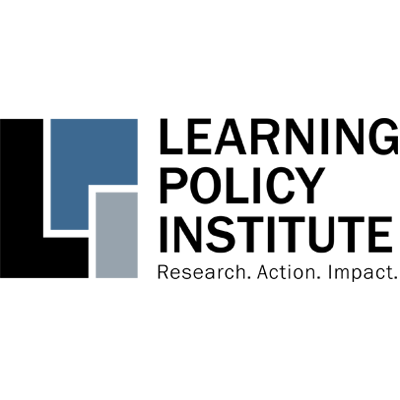Daniel Espinoza, Michael Griffith, Dion Burns, and Patrick M. Shields
Executive Summary
Approximately 1.3 million public school students in the United States were identified as experiencing some form of homelessness in 2019–20. Due to their unstable living situations, students experiencing homelessness often have additional educational, social, emotional, and material needs compared to their stably housed peers. Housing instability can result in increased absences from school and can lead to students changing schools midyear. Each school move can disrupt students’ education and
limit opportunities to learn. The multiple challenges associated with homelessness negatively impact student learning outcomes. Reading, mathematics, and science scores for students experiencing homelessness tend to be lower than those of their peers, including those from economically disadvantaged but residentially stable families. For example, in 2018–19, just 30% of students experiencing homelessness reached academic proficiency on state standards in reading and language arts, compared to 38% of their economically disadvantaged peers. Performance was lower, and the gap was even larger, in mathematics and science. The experience of homelessness also significantly reduces the likelihood that students will graduate and go on to college. Students experiencing homelessness are not a homogenous group; certain groups of students are more likely to experience homelessness. Due to factors such as inequitable access to housing and economic opportunity, rates of homelessness
tend to be higher among students of color. For example, in 2019–20, Black students accounted for approximately 27% of students identified as experiencing homelessness, but just 15% of all students—a rate of homelessness that is 80% higher than Black students’ representation in the student population. National data also show that around 17% of students experiencing homelessness are English learners and that 19% are students with disabilities, underscoring that these students may require a
combination of educational services. There is a need for focused attention on the most vulnerable students, including those experiencing homelessness, particularly as the nation seeks to recover from
the pandemic. However, districts face barriers in supporting students experiencing homelessness. These barriers include unstable funding or funding that is inadequate to meet student needs, and restrictions on the allowable uses of federal funds, which limits district ability to support noneducational expenses, such as for emergency housing. In addition, prior research has found that funding may help districts identify
students experiencing homelessness, and without sufficient funding, fewer students are able to be identified as needing support, leading to inadequate services. The purpose of the report is to examine the federal and state funding sources directed to schools to support students experiencing homelessness. We review the provisions of the McKinney-Vento Homeless Assistance Act, the major federal effort to support
students experiencing homelessness. Next, we describe currently available federal and state financial supports for students experiencing homelessness. We conclude with policy recommendations concerning funding amounts, distribution, and data collection that may improve educational opportunities for these students.
Findings
The major federal educational effort to support students experiencing homelessness—the McKinney-Vento Homeless Assistance Act of 1987—is inadequately funded to accomplish its goals. This act outlines services and protections for students who are experiencing homelessness and requires states
and districts to ensure that students experiencing homelessness “have access to the same free, appropriate public education” as other children. Local educational agencies (LEAs)—regardless of whether they receive McKinney-Vento funding—must identify and immediately enroll students experiencing homelessness; ensure their full participation in school; provide transportation to and from school regardless of where they are currently residing; inform the community and parents of the rights of children experiencing homelessness; and refer them to key resources such as housing, medical, dental, and mental health services. McKinney-Vento provides annual grants to states to support programs for students experiencing homelessness. Between 2010 and 2020, the population of students experiencing homelessness increased by 39%. Funding for the McKinney-Vento program also increased from $65.4 million to $101.5 million, a $36.1 million increase, between the same years. This 55% increase, however, moved the funding level only from $71 per identified pupil to $79 per identified pupil, a fraction of what districts must actually spend to meet students’ needs.

